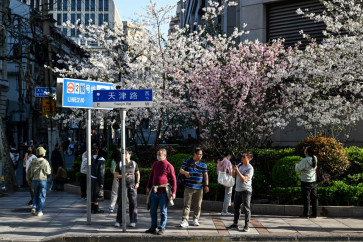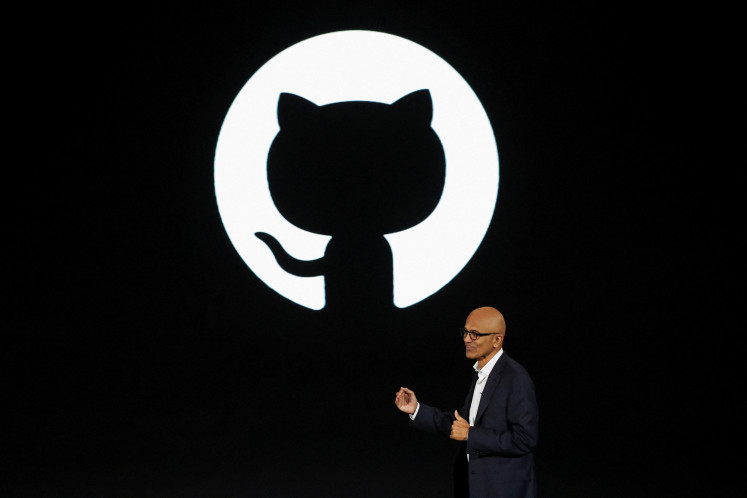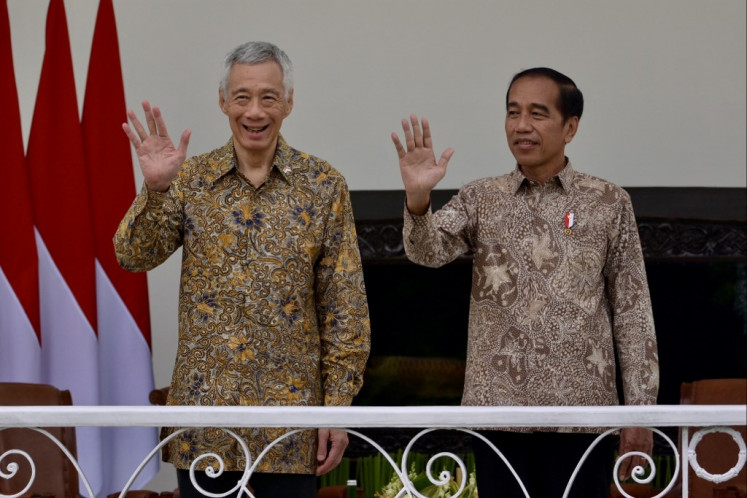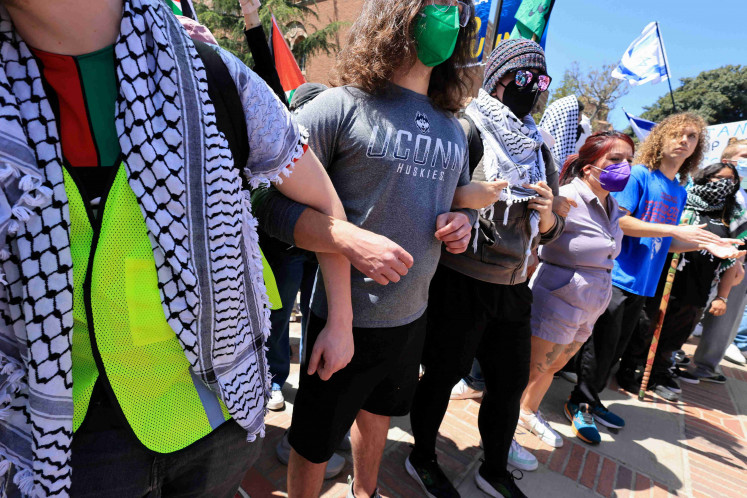Lesson from the killing of Indian soldiers in Galwan
China’s coercive diplomacy, aggressive action along the LAC, and its overall attitude on taking responsibility for originating the coronavirus are indications of their current insecurity
Change Size
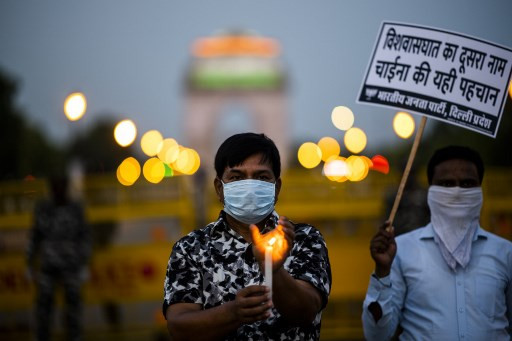
R
emarks by Prime Minister Narendra Modi at the All-Party meeting on June 19, 2020 have been selectively used by those wanting to misrepresent the current situation along the Line of Actual Control (LAC) between India and China.
The PM clearly stated that “the entire country is hurt and angry at the steps taken by China at LAC”. This is the point on which the entire government and nation are clear, as was made clear by External Affairs Minister S. Jaishankar during his telephonic conversation with his Chinese counterpart that the Chinese side’s “premeditated and planned action” in Galwan Valley was directly responsible for the resulting violence and death of at least 20 Indian soldiers.
China’s coercive diplomacy, aggressive action along the LAC, and its overall attitude on taking responsibility for originating the coronavirus are indications of their current insecurity. More recently, the incident at the valley in eastern Ladakh indicates China’s new aggressiveness.
One has to only read the statement issued on June18 by the External Affairs Ministry (EAM) on the telephonic conversation between Jaishankar and his Chinese counterpart, Wang Yi, to understand China’s intent. Jaishankar told Wang Yi of the agreement (June 6) to de-escalate and disengage along the LAC reached during the meeting between senior military commanders.
The EAM stated "Ground commanders were meeting regularly to implement this consensus throughout the last week. While there was some progress, the Chinese side sought to erect a structure in Galwan Valley on our side of the LAC. While this became a source of dispute, the Chinese side took premeditated and planned action which was directly responsible for the resulting violence and casualties. It reflected an intent to change the facts on the ground in violation of all our agreements to not change the status quo," Jaishankar told his Chinese counterpart.
Recall the fact that Indian soldiers had gone to give a message to the Chinese side based on certain agreements arrived at between both sides on June 6. Instead of implementing the agreement, the Chinese side attacked the Indian column with sticks, barbed wire and possibly other sharp weapons.
In the fog of war it is difficult to make out the facts of the incident, but some first-hand interviews of survivors of the hand-to-hand fighting tell a sad story. That the People’s Liberation Army (PLA) had pre-planned the assault against Indian troops is evident as they came armed with iron rods as well as batons wrapped in barbed wire. According to Indian survivors interviewed at Leh hospital, Chinese troops hunted down and slaughtered troops of the 16 Bihar Regiment.
The inclement weather and height added to the misery of the Indian soldiers as they were killed by the Chinese in a premeditated attack. Pertinently, the Chinese had kept track of the movement of Indian soldiers using drones and were thus able to plan their attack well in advance.
Officially India admits to the death of 23 of its brave soldiers, at least another two dozen soldiers are battling life-threatening injuries, and over 110 have needed treatment.
The fighting at Galwan, began when troops under Col. Santosh Babu’s command dismantled a Chinese tent set up near a position named Patrol Point 14, close to the mouth of the Galwan River. The tent had been dismantled following a meeting and understanding between Lt. Gen. Harinder Singh, commander of Leh-based XIV Corps, and Maj. Gen. Lin Liu, head of the Xinjiang military district.
Within two days of the disengagement agreed to by the two generals’ (on June 6) during their meeting held in Chushul, the PLA set up a fresh tent at Patrol Point 14, inside territory claimed by India. Col. Babu’s unit, was ordered to check the ground situation, and inform the other side that if the tent had been reinstalled, it should be removed immediately.
Unfortunately, Chinese side was waiting to ambush the Indian patrol as the latter encountered Chinese troops in a steep section of the valley India believed the PLA had retreated from.
Thus, in the first instance, the Chinese side reneged on its promise to move out of Indian territory. This was followed by intense stone pelting on June 14 by the Chinese side and a massive deliberate attack the next day, on troops of 16 Bihar. Since the Chinese are on higher ground above PP 14, they were able to throw stones and rocks towards Indian positions.
It is not as though, Indian soldiers died without inflicting casualties on the Chinese side. Signal intelligence indicates that the Chinese lost more than 40 of its men in the fighting.
In the long run, the Chinese military mind remains deceptive and prone to use of force to achieve political objectives. That is the real lesson from the Galwan Valley clashes.
***
The writer is a retired Indian Air Force officer who has worked in varied fields of work like personnel management, procurement, and training.

